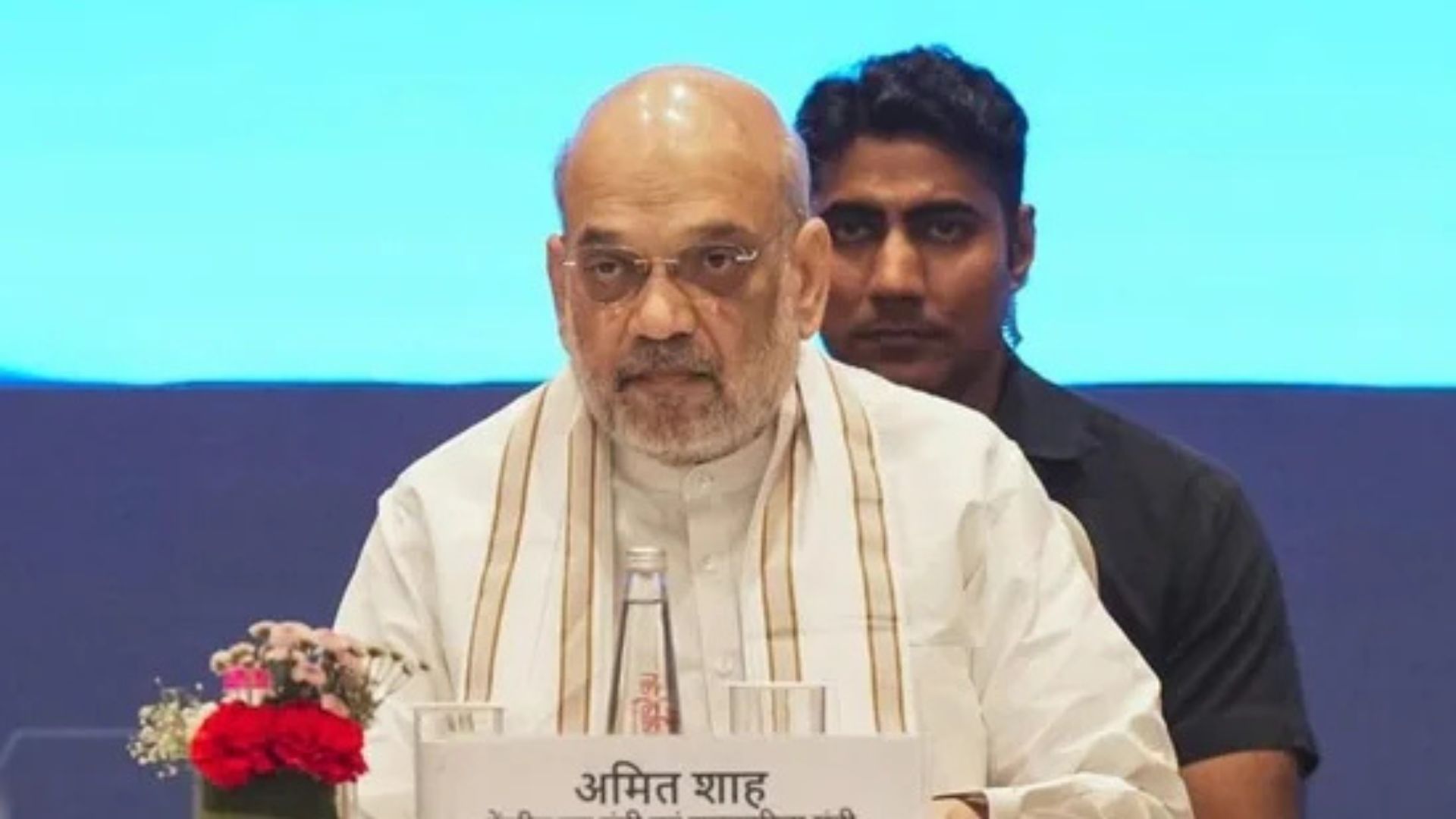
India at present is recognised as one of the youngest nations in the world with about 61 crore children under the age of 23. It is estimated that soon India will have about 20% of the world’s total workforce. In order to harness the full demographic dividend, India needs an educational system which can not only guarantee access to quality education at an affordable cost but also ensure flexibility and relevance to the individual’s economy and to the society as a whole. It becomes all the more pertinent under the present circumstances when the job creation has been going downhill due to the Covid-19 pandemic and people are required to have skills either for self-employed jobs or to transit from one set of job into another.
Concerted efforts are also required on the part of the government to develop transition capacity amongst the workforce. Currently, the country is facing a demand-supply mismatch of a very high order. The country needs a more skilled workforce at different levels than created annually. In fact, the majority of the present-day institutions remain almost disconnected with the needs of the workplace. They are not aligning their programmes with the social and physical realities where they exist. Consequently, the skill-oriented courses available in and around their markets have low credibility and acceptability with the proprietors.
The rigidity of the traditional system of education in the country in terms of duration of courses, timings for teaching and learning, and place and choice of subjects makes things more challenging. There is a worldwide shift from conventional educational system to skill-based qualification system. Accordingly, the curricula and system of certification need to be aligned with the international norms and standards.
This had made the Government of India to bring out the National Skill Qualification Framework (NSQF) in 2013 to facilitate offering of nationally standardised skill related programs comparable with the international standards. The NSQF is broadly incorporated training and competency-based expertise structure which accommodates various pathways both inside professional schooling and among general and professional instruction to interface one level of learning to another higher level of learning. It enables learners to progress gradually to higher levels from any starting point in the education and or skill system.
School is the most appropriate place where foundation for skilling could be laid by suitable grading of skills appropriate to the age of the learner. It is at the school level where the aspiration to the skills needs to be identified and promoted by introducing the children to different vocational activities. Initially, schools may incorporate some soft skills in their curriculum and as the students advance in age, the learning of skills can move towards higher levels of skills. Guidance and counselling services should be made a significant component in the school sector as envisaged in the National Education Policy (NEP), 2020. It has to attempt to provide guidance in matters related to curriculum and learning to students of various shades of ability.
There should also be a component of career counselling which focuses on describing the students at the school stage about the nature of vocational programmes available and the conditions required for getting into them. Such services can become very important for enabling students to make informed choices as to which direction they should choose for their career. There should be a provision in every school to have one guidance and counsellor for a reasonable number of the student population of the school. Frequent interactions need to be arranged as a part of school curriculum to invite people who are experts in guidance and career counselling to provide relevant materials and possible opportunities which such careers can offer.
There is also an issue of establishing a bridge between general and vocational courses which, if attended to, can enhance the employability of youth. The dichotomy that currently exists between general education and vocational education needs to be bridged. The current format of the NSQF has ten levels. Of them, levels one to four correspond to grades nine to twelve, levels five to seven correspond to three-year of undergraduate education, levels eight to nine correspond to two-year of masters’ program and level ten corresponds to the PhD programme. Beyond the school stage, the NSQF has a provision to migrate from vocational to academic and vice-versa. This provision of lateral mobility is significant to ensure employability and the success of skill programmes. It is this position that will change the status perception of the skill programs amongst masses in relation to the vocational sector.
It would, therefore, be important to establish a bridge between general and vocational programmes, including vertical and lateral mobility of vocational programme aspirants. Vertical and lateral mobility can be ensured through credit based modular programs in skill as well as in general education which will provide a way forward to bridge the gap of skills or otherwise of general education for lateral mobility wherever required.
This may, however, require identification of progressive job roles at various levels and map them to academic levels for equivalency. Besides, existing teachers may have to be trained through specialized institutions or at industry sites to impart training as per National Occupational Standards (NOSs) and qualification packs together with general education in regular courses. Good industrial and research background persons may be linked to these institutions to suggest multiple ways to impart variegated skills to both the students and teachers. There is also a need to have institutional mechanisms to make provision for certification of skills already in the formal sector. The assessment for the general education component should be done by the institution as per the established standards and procedures.
The assessment for the school development components should essentially zero in on practical demonstrations of the skills acquired. The organisation may like to consult the respective Sector Skill Council for planning the assessment and appraisal design for skill development components. The organisation may likewise consider utilising the assigned assessors of Sector Skill Council or industry associations for the conduct of practical assessment.
The institution has to necessarily establish a credit-based assessment and evaluation system for certification. The success of skill-based education is dependent on effective linkages between institutions offering school programs and the industry for which the youth is being trained. The industry can help in a variety of ways. It can enter into an agreement with institutions offering skill-based programmes to absorb their products for internship and hands-on-experience. If the industry recruits people directly, their general and practical education can be secured by it in the institution offering such programs. The skill expertise of the industry can be made available to the institutions in offering practical instructions.
The practical training can be provided on state-of-the-art equipment and such training can then be of direct benefit to the industry without the industry suffering any loss of their production time because of the opportunity provided for training. It is, therefore, very important to establish linkages between educational institutions and industry to promote skill-based education through measures like model career centers, placement cells, industry-academia-interface, adjunct faculty, Incubation centers for training of learners, etc.
There is also a need to align the modules of skills with the requirements of the industry to increase employability. The focal point of the skill development component should be to prepare students with proper knowledge, training and attitude so as to make them work ready. The curriculum should incorporate within itself NOSs of specific job roles relevant to the industry sectors. This would enable the students to meet the learning outcomes specified in the NOSs. The overall design of the skill development components along with the job roles selected should be such that it leads to a comprehensive specialisation in one or two areas of development. Institutions together with society should work for the mobilisation efforts towards skill-based education.
Skill parks may also be established in association with industries to provide information about the particular sectors, utility of the sector and career progression pathways therein. The bottom line is that the key ingredients for harnessing the demographic dividends depend upon designing and offering context specific programmes and creating awareness about their utility and employment prospects through resource centres at district, sub-district, block and panchayat levels.
The writer is former Chairman, UGC. The views expressed are personal.















